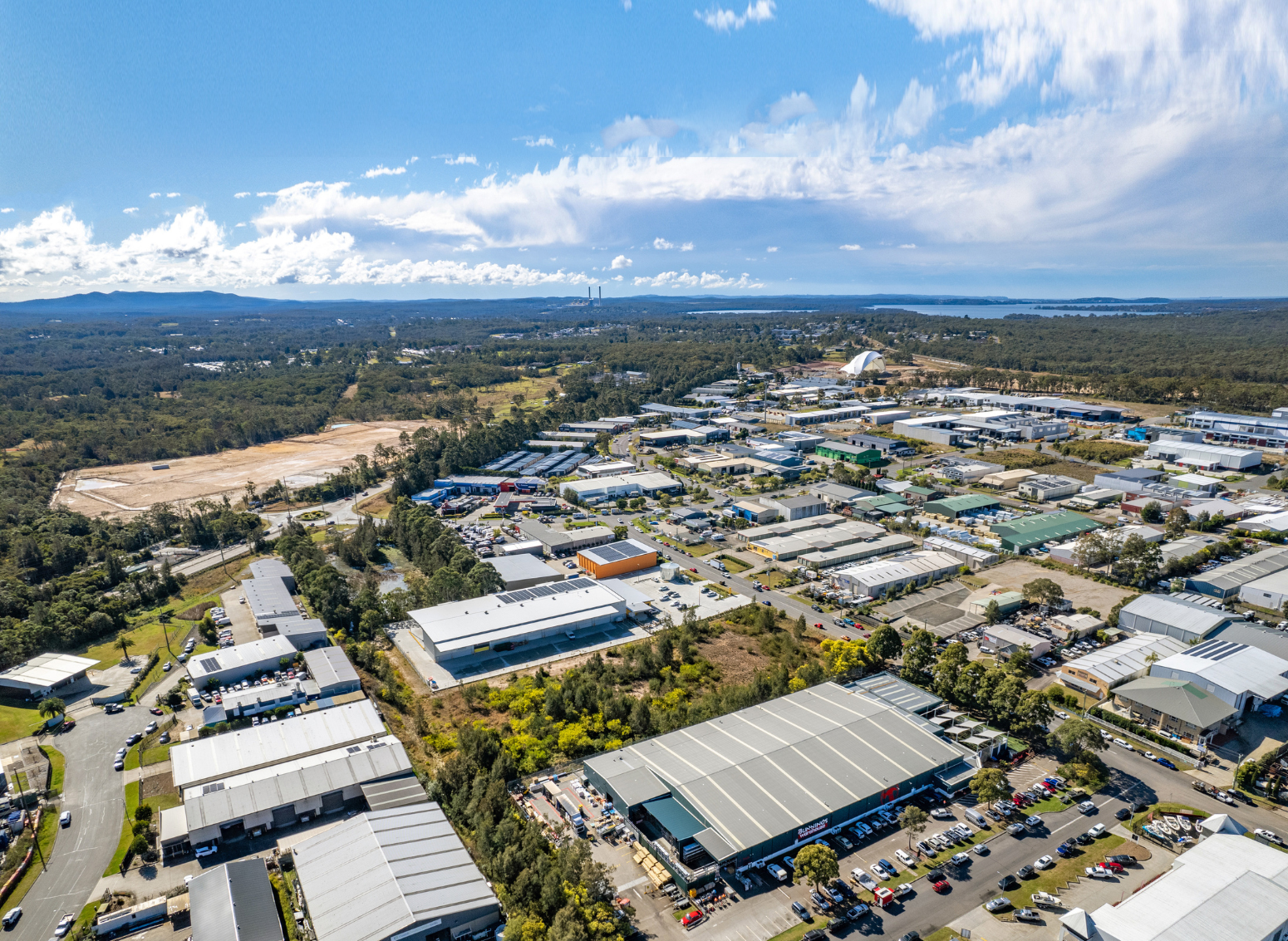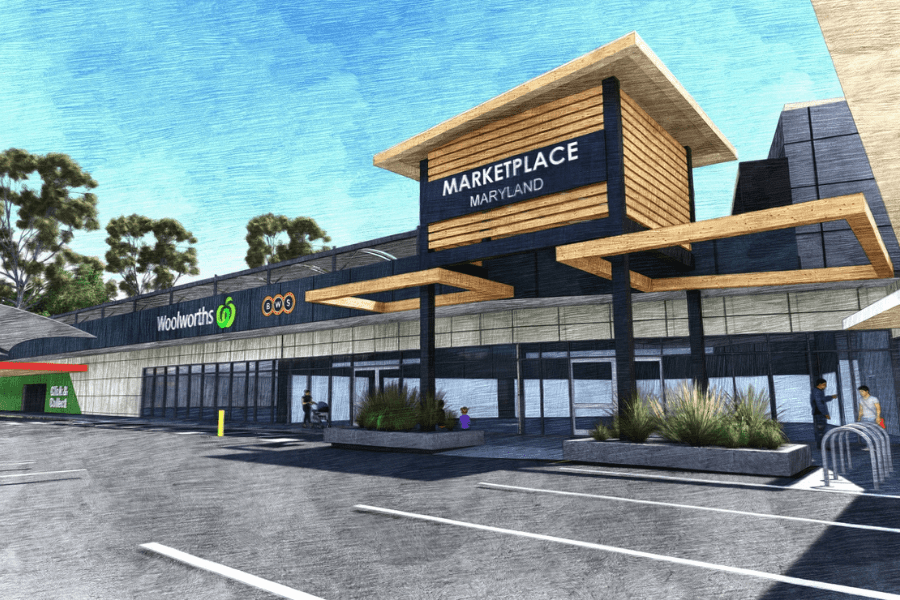
How E4 and E3 zoning can affect your next industrial project
When planning an industrial development, choosing the correct zoning type is crucial to ensure the long-term success and scalability of your project. In New South Wales, E4 General Industrial and E3 Productivity Support zoning offer different opportunities, each tailored to specific industrial and commercial needs. Understanding the strengths, limitations, and ideal uses of each zoning type can help developers align their project’s goals with the right regulatory framework, maximising returns and operational efficiency.
Understanding E4 General Industrial Zoning
E4 General Industrial zoning supports a broad range of industrial activities, primarily focused on light to medium industries such as manufacturing, processing, and warehousing. This zoning type allows for a flexible industrial environment that can accommodate operations with moderate environmental impacts, making it more compatible with surrounding land uses, such as residential or commercial areas.
Strengths of E4 General Industrial
- Flexibility for industrial uses: E4 zoning is ideal for businesses that require operational space without the need for significant environmental or transport infrastructure. Light industrial operations, such as food production, small-scale manufacturing, or research and development facilities, benefit from this flexibility, offering developers the opportunity to attract a diverse tenant base.
- Compatibility with adjacent uses: This zoning’s compatibility with nearby non-industrial properties is a significant advantage, especially for industrial parks located near residential or mixed-use areas. The relatively lower environmental impact of E4 operations helps create a harmonious relationship between different land uses.
Weaknesses of E4 General Industrial
- Limited heavy industrial operations: While E4 provides a flexible framework for light to medium industrial uses, it may not accommodate larger industrial operations that require significant transport infrastructure, heavy machinery, or large-scale production facilities. Developers focused on high-intensity industrial assets may find this zoning restrictive.
- Environmental Considerations: The nature of activities permitted under E4 zoning often leads to environmental restrictions and compliance requirements, which can increase operational costs and development timelines.
Understanding E3 Productivity Support Zoning
E3 Productivity Support zoning offers a more mixed-use approach, catering to a combination of light industrial, commercial, and office developments. This zoning is designed to foster business environments where productivity can be supported without significant environmental disruption, making it ideal for developers looking to create multi-purpose business hubs.
Strengths of E3 Productivity Support
- Versatility for Multi-Asset Developments: E3 zoning offers more flexibility in terms of permitted uses, making it suitable for mixed-use developments that combine light industrial with commercial or office spaces. This can be particularly beneficial in creating business parks or industrial hubs that cater to a variety of business needs.
- Attracting a Broader Tenant Base: The ability to accommodate a mix of uses under E3 zoning can attract a wider range of tenants, from light manufacturing to tech companies and service providers, enhancing the overall appeal and marketability of the development.
- Enhanced Community Integration: E3 zoning often allows for developments that better integrate with surrounding communities, including the potential for residential components. This can create a more holistic and sustainable environment that meets the needs of both businesses and the local population.
Weaknesses of E3 Productivity Support
- Limited Industrial Capacity: While E3 zoning supports a range of business activities, it may not be ideal for developers focused solely on industrial operations. The emphasis on mixed-use may restrict the scale and intensity of industrial activities permitted under this zoning, making it less suited for large-scale industrial-only developments.
- Restrictions on Operational Capacity: Businesses in E3 zoned areas must adhere to stricter environmental and operational regulations, limiting the kinds of machinery, production activities, or emissions allowed. This could be a drawback for companies looking for unrestricted industrial space.
- Infrastructure Limitations: E3 zoned areas may not always offer the same level of industrial infrastructure as E4 zoned areas, potentially requiring additional investment to upgrade utilities, transport access, or other essential services to support more intensive industrial operations.
Which zoning is better for your industrial asset?
The choice between E4 General Industrial and E3 Productivity Support largely depends on the nature of the industrial asset, location, intended use, and/or the development goals. For single-asset developments focused on light, medium industrial use, E4 zoning is often the better choice due to its flexibility and infrastructure tailored to industrial operations. However, for multi-asset developments or those seeking to create a diverse and integrated business environment, E3 zoning may offer more advantages by supporting a mix of uses and attracting a broader range of tenants.
Before proceeding with any development, it is crucial to consult with the relevant local council and conduct thorough due diligence. Understanding the current zoning and any potential rezoning initiatives can provide a clearer picture of the property's potential and help you make informed decisions that align with market demand.
At Commercial Collective, our team of experts can assist you in navigating the complexities of zoning, conducted marketing analysis with current and projected demand, and help you determine which zoning category will best meet your industrial development needs. Contact us today to learn more about how we can support your next project.





